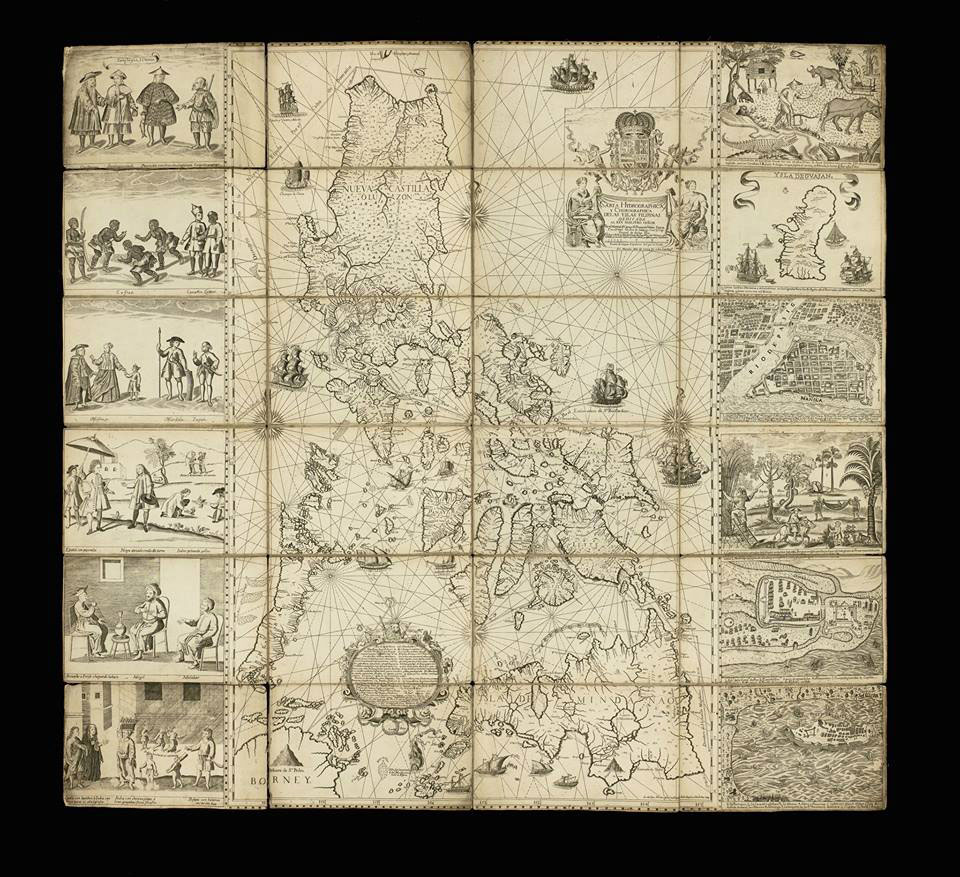The National Interest
#AtinAngAyungin #AtinAngRecto
On the one hand, I’m glad former president Duterte and his Davao cohorts are on the side of more than 7 of 10 Filipinos vehemently against the Romualdez-Marcos chacha train(wreck). On the other, I’m aghast that they’re so against PBBM rescinding Duterte’s “status quo” agreement with China, the regional bully that some 7 of 10 Filipinos do not trust, and rightfully so, for obstreperously laying claim to and encroaching on our territorial waters and resources.
The threat, “that there will be trouble” if we dare bring construction and repair materials to the grounded BRP Sierra Madre in Ayungin, or if we dare dig for oil and gas in Recto, should not stop us from standing up for our rights the way Indonesia and Malaysia did two years ago. Read Jarius Bondoc‘s 2023 column on Recto (Reed) Bank. https://www.philstar.com/opinion/2023/08/30/2292356/drill-recto-gas-oil-now-our-national-survival
Recto is 120 miles from Palawan, well within the Philippines’ 200-mile exclusive economic zone. It’s 650 miles from Hainan, China’s nearest province, thus outside its EEZ. The Hague arbitral court affirmed that in 2016. China can’t claim it by (an) imagined “nine-dash line.”
Recto has proven reserves. In 2013 the US Energy Information Administration estimated it to hold 5.4 billion barrels of oil and 55.1 trillion cubic feet of gas. That’s 63.5 times more oil and 20.5 times more gas than Malampaya, whose lifespan is only 24 or so years.
The Philippine government has long awarded Service Contract-72, covering Recto. Manuel V. Pangilinan’s PXP Energy Corp. and subsidiary Forum Energy Ltd. are ready to drill.
Trespassing Philippine EEZ, Chinese gunboats chased Forum’s vessels away several times. In 2020 the Duterte admin contemplated joint exploration with China National Offshore Oil Corporation (CNOOC). Talks failed as CNOOC’s terms violated the Philippine Constitution.
Forum remobilized foreign partners to drill. President Rody Duterte stopped it after receiving a call from Beijing, [Justice Antonio] Carpio recounts. “Twice Forum lost millions of pesos in false starts. Let it proceed now under Philippine Navy protection. National survival depends on it.”
Defy China.
“Let’s do it the way Malaysia and Indonesia did two years ago,” Carpio proposes.
… Beijing also claims Malaysia’s EEZ and Indonesia’s Natuna Isles. Invoking our Hague ruling as support, Malaysia held naval exercises with the US and Australia while drilling oil nearby. Indonesia invited a US aircraft carrier to sail by while drilling in Natuna.
On both occasions Beijing shrieked about owning the entire South China Sea by historical right. Kuala Lumpur and Jakarta ignored it. They’re reaping benefits from their petroleum resources, Carpio notes.
The Philippines can install rigs while holding drills with the US Navy under the Enhanced Defense Cooperation Agreement. As well, with the British Admiralty because Forum was incorporated in London. A petroleum-sufficient Philippines will ease world demand and prices.
And here’s Fr. Ranhilio Callangan Aquino in a recent Manila Times column: https://www.manilatimes.net/2024/04/17/opinion/columns/gentlemen-and-the-status-quo/1941929
To those who would have us tremble before China’s might, fearful that it may unleash its volley of munitions against us, Justice Antonio Carpio, who has studied both the facts and the law on this case, allays such fears. China will think long and hard before it pushes the button of hostilities because it is cognizant of the Mutual Defense Treaty, which both the Philippines and the United States understand it today. There are those who urge the Philippines to junk the treaty and have long touted the line that the MDT did not cover such scenarios as armed hostilities against the Philippines initiated by the PROC. We now know that to be untrue. The US-Philippines Bilateral Guidelines as well as recent public statements of US President Biden leave no doubt about this.
Lately, China has dealt “the victim card” — naively echoed by some Western news outlets and chat programs. It claims to be the victim of a scheme of encirclement by the US, Australia, Japan and India — quaintly called the Quad. But it will be good to remember that this strategic alliance was born not from some smoky bar where the leaders of these countries had nothing better to do than to conjure alliances to threaten other countries. It arose rather when it had become undeniable that China was relentless in its expansionism, when border tensions with India were approaching boiling point, when it became apparent that its Belt and Road Initiative had allowed it strategic access to points it deemed crucial for its maritime, military and political ambitions. [bold mine]
Notwithstanding the fact that the PROC has thumbed its nose at the arbitral ruling in favor of the Philippines, one will not fail to notice that in every discussion on the South China Sea-West Philippine Sea dispute, the arbitral judgment that was resoundingly in our country’s favor comes up because a binding legal pronouncement as to our rights is always significant and undeniably confers ascendancy on us. It is in this light that I have long advocated that the unresolved disputes over territory should now be the subject of a case before the International Court of Justice or by some other competent international forum.
If this seems like putting undue trust in the workings of international law, my riposte has been constant: It is only the adherence of the community of nations to a rules-based order, the dominance of international law, that the fundamental principle of sovereign equality of States can be a reality in a world of glaring inequalities.
*
Regional bully by Boo Chanco
A sellout of our sovereign rights by Joel Ruiz Butuyan
Can we defend our nation without America? Yes by Ricardo Saludo
Of disadvantageous treaties, sedition, and espionage by Jemy Gatdula
‘Coercive tactics’ by Ana Marie Pamintuan
